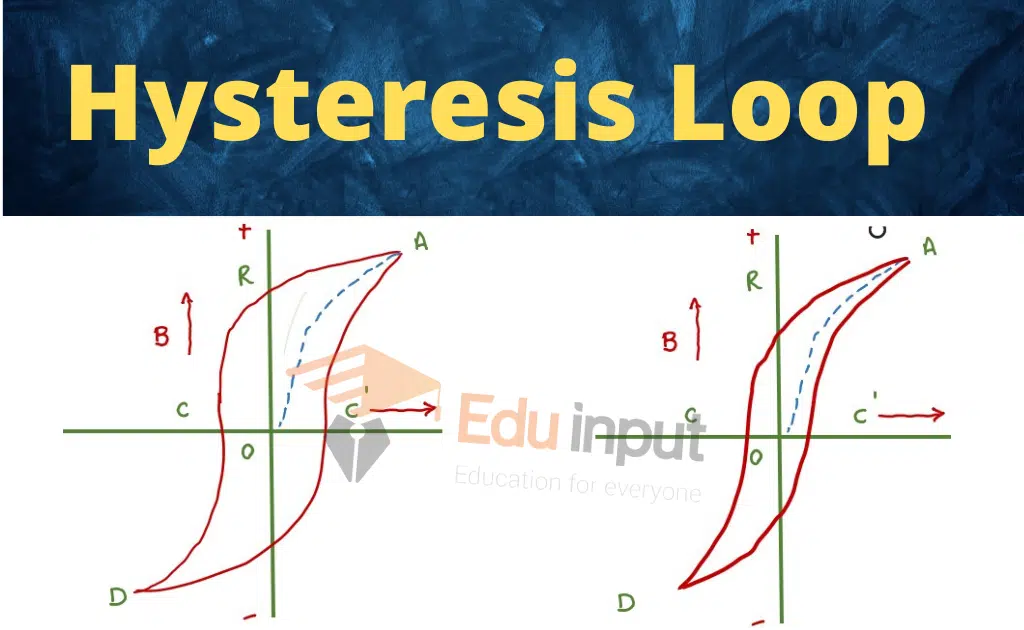What are Diamagnetic Materials?-Definition, Discovery, And Diamagnetism
Diamagnetic materials act differently than both paramagnetic and ferromagnetic materials when it comes to magnetic fields. Diamagnetic materials are repelled by a magnetic field while paramagnetic and ferromagnetic materials are attracted to a magnetic field.
What is Diamagnetism?
When the only contribution to magnetism is the quantum mechanical effect of diamagnetism, the material is known as diamagnetic. The attractive force of magnetic dipoles in the material overcomes the weak diamagnetic force in paramagnetic and ferromagnetic substances. The magnetic permeability of diamagnetic materials is not as high as that of vacuum.
In most materials, diamagnetism is a weak effect that can only be detected by sensitive laboratory instruments, but a superconductor acts as a strong diamagnet because it repels a magnetic field entirely from its interior.
Discovery of Diamagnetism
In 1845, Michael Faraday demonstrated that diamagnetism was a property of matter and concluded that every material responded. Faraday first referred to the phenomenon as diamagnetic, then changed it to diamagnetism after William Whewell suggested it.
Diamagnetic Materials
Substances, where the diamagnetic behavior is the strongest effect, are called diamagnetic materials. Some people think of diamagnetic materials as non-magnetic and include water, wood, most organic compounds such as petroleum and some plastics, and many metals, including copper, which are heavy with core electrons. Pascal’s constants are the magnetic susceptibility values of various molecular fragments.
It’s possible for diamagnetic materials to have a stronger magnetic susceptibility than paramagnetic materials. An example of this is gold, which is a diamagnetic material with a magnetic susceptibility of less than 0. However, when measured carefully with X-ray magnetic circular dichroism, gold has an extremely weak paramagnetic contribution.
Where do we use diamagnetic materials?
Diamagnetic materials find applications in diverse areas, including:
Magnetic levitation trains (maglev)
MRI machines
Electronic devices
High-speed trains
Certain medical devices







Leave a Reply